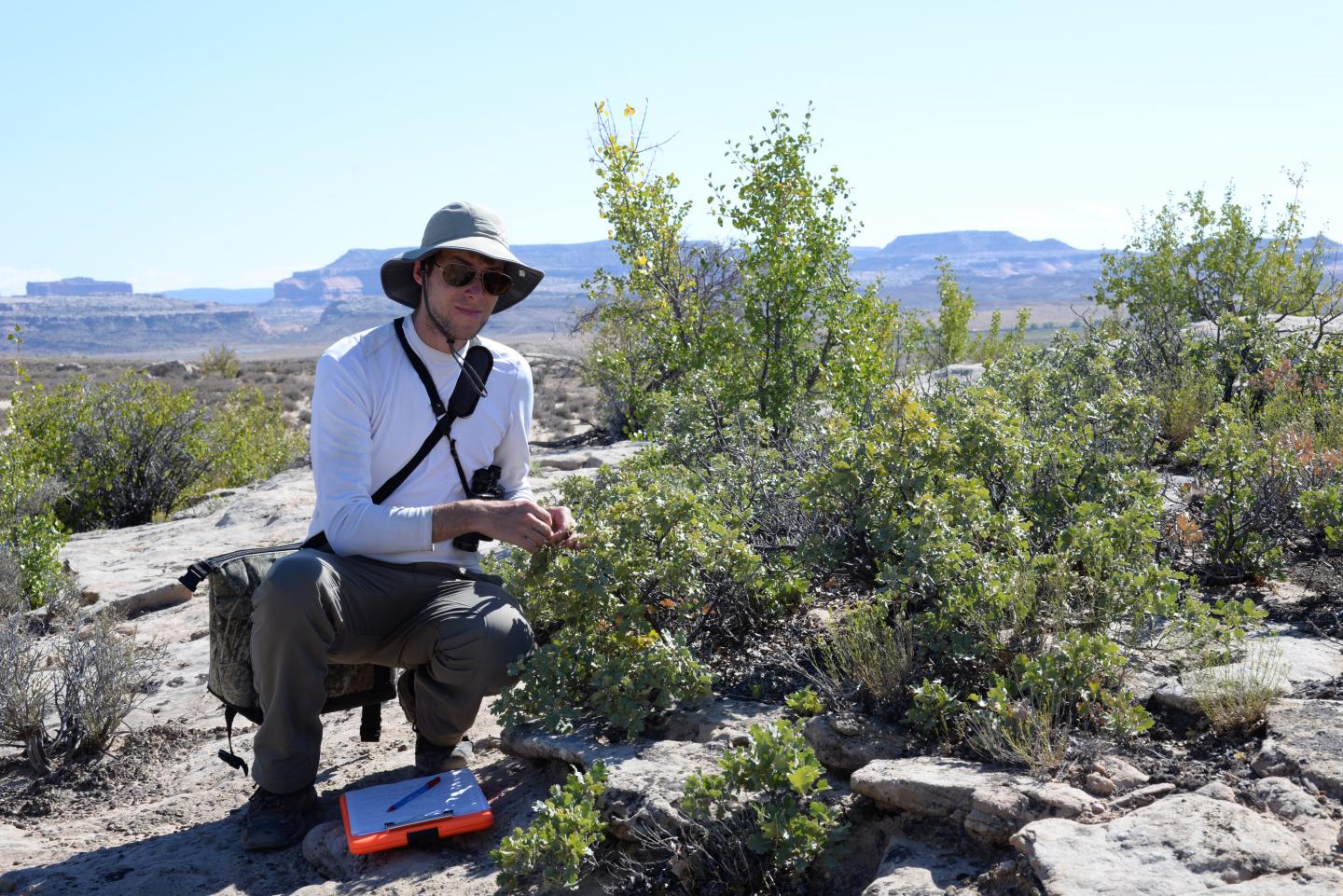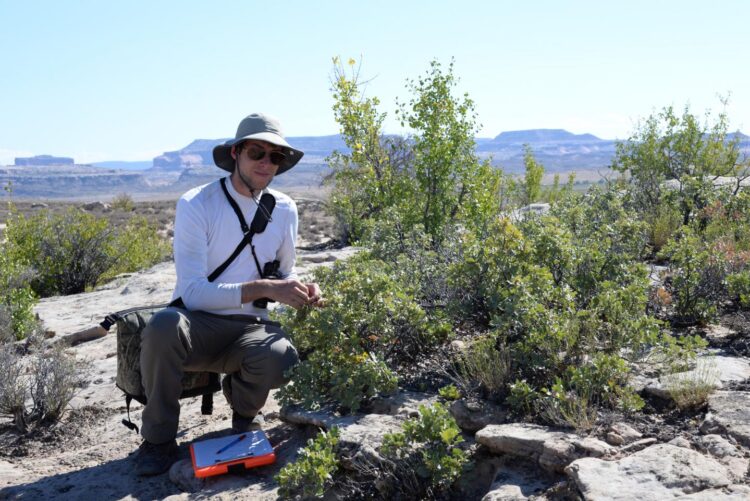Findings published in Proceedings B biological research journal

Credit: The Morton Arboretum
LISLE, Ill. (April 30) – In a groundbreaking study, an international team of 21 scientists led by Sean Hoban, PhD, Conservation Biologist at The Morton Arboretum in Lisle, Illinois, evaluated five genera spanning the plant tree of life (Hibiscus, Magnolia, Pseudophoenix, Quercus and Zamia) to understand how much genetic diversity currently exists in collections in botanical gardens and arboreta worldwide.
The study concluded that many plant collections currently fall short of ambitious targets for conserving genetic diversity of rare species. “The research findings demonstrate that gardens and arboreta are needed more than ever to safeguard global plant diversity,” Hoban said. “This information will help bring more coordinated focus and attention to these gaps.”
The team also studied how much genetic diversity is necessary to safeguard a species, and how many individuals are needed to conserve a rare taxa. The Morton Arboretum’s Murphy Westwood, PhD; Andrew Hipp, PhD; and curator Matt Lobdell also participated on the team.
The study, funded through an Institute for Museum and Library Services grant and published April 29 by Proceedings B, investigated the genetic diversity of plant collections of a wide range of species in more than 60 botanical gardens and arboreta worldwide in an effort to better understand how to protect threatened species from extinction amidst the current biodiversity crisis.
After analyzing data from 3,000 individual plants from nine species and two subspecies, the researchers found that even under optimistic assumptions, most (eight of 11) taxa fell short of conservation targets for genetic diversity.
“We need to do a better job as a global botanical garden community representing the genetic, ecological and trait diversity of species in collections to safeguard them for the long-term,” Hoban said. “If we have conserved too little genetic variation, the species may be unable to adapt to future environmental changes, including climate change, or to new challenges like pests and disease.”
Findings and solutions
Capturing the full range of genetic diversity in a species or subspecies can greatly influence its likelihood of surviving in a rapidly changing world. It also provides data needed to open a new era of more effective botanical garden conservation, helping experts to conserve taxa and prioritize resources and capacity. Hoban noted that the results have relevance to timely conservation issues, including global efforts to achieve the 2020 goals of the Global Strategy for Plant Conservation (GSPC), which includes conserving sufficient genetic diversity in botanical collections and ensuring that plant material is available to restore threatened populations in the wild.
“The global botanic garden and arboretum community is the single strongest force for plant conservation in the world,” said Paul Smith, PhD, Secretary General of Botanic Gardens Conservation International – the largest plant conservation network in the world. “Armed with the results and recommendations of this groundbreaking study, we can ensure that no plant species becomes extinct by increasing the genetic variability, adaptability and conservation value of our living collections for the future of people and the planet.”
The authors recommend that plant collectors and curators make optimal use of limited garden space by calculating how many specimens are needed to capture the desired level of genetic diversity and sampling accordingly, while adhering to ideal sampling practices. The number of specimens in a collection needed to represent the genetic diversity in the wild can vary greatly between taxa. In this study, it varied from a few dozen to more than 200 trees. Finally, the researchers concluded that additional plant collection and exploration is needed in order to ensure success. By using best practices to collect from the right plants within the right taxa, and planting them in gardens, up to twice as much genetic diversity can be captured.
The messages of the study are twofold: Collections in botanical gardens should be tailored to the individual taxon, and gardens can make progress towards new, general rules of thumb for high conservation value in botanic gardens and arboreta, making wise use of resources for effective safeguarding.
###
About The Morton Arboretum
The Morton Arboretum is an internationally recognized outdoor tree museum and tree research center located in Lisle, Illinois. As the champion of trees, the Arboretum is committed to scientifically informed action, both locally and globally, and encouraging the planting and conservation of trees for a greener, healthier, more beautiful world. On 1,700 acres are 222,000 plant specimens representing 4,650 different kinds of plants, along with specialty gardens, educational exhibits, the award-winning Children’s Garden, 16 miles of hiking trails and the Visitor Center, featuring The Arboretum Store and the Ginkgo Restaurant and Café. The Morton Arboretum is a not-for-profit 501(c)(3) charitable organization, welcoming more than 1.2 million visitors annually. Learn more at mortonarb.org.
Media Contact
Tyler Prich
[email protected]
Original Source
https:/
Related Journal Article
http://dx.





